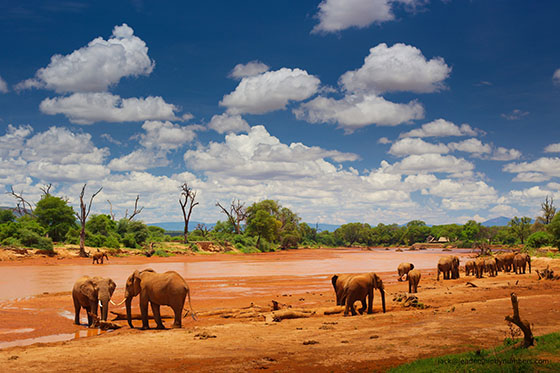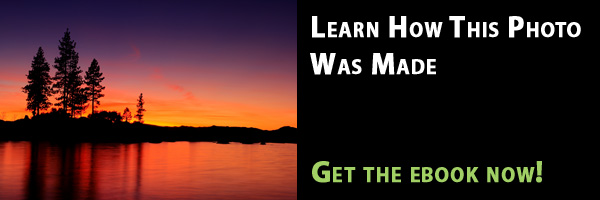
Early Morning
Landscape photographers enjoy the early light of pre-dawn. Be sure to explain this interest to your guide, well in advance, as it will take some extra planning. Game reserves have a lock-down policy against any night time excursions because there are still incidents of poaching. To leave before dawn will require some coordination.
Show Your Images to the Guide
Let your guide see what you’re doing (your framing, etc) and tell them what you are looking for in the image. The guide’s natural skill is for locating and identifying the animals, and he might need some encouragement to understand that the background, foreground, and lighting angles are important. He’ll be especially interested in seeing the photos after you’ve posted them on the web, so I’d recommend sharing an update via email.
Know Your Lens
Every lens has an aperture range where it resolves detail best. For most lenses the sweet spot is between f/5.6 and f/8 (check a site like Lenstip.com if you aren’t sure). This should be your default setting. If the animal is moving then you’ll want to watch your shutter speed. It’s disappointing to discover that while the image may have been sharp on the small back screen of the camera, it’s not suitable for printing larger than 4×6.
Focus
For wildlife and children my camera is always set at AI Servo (for Nikon users, it’s AF-C) for continuous focus. This means that if I’m tracking the animal by panning, and I have the shutter half-pressed, the lens will continue to focus. More images will be sharp.
Exposure
The Spot exposure will ensure that when you switch from the light tawny brown of Grant’s gazelle to the dark gray of a grazing bull elephant–both images will be properly exposed for their subject.
Noon
Depending on whether or not you take lunch at your accommodations, you might be photographing in the strongest light of day. If there is no cloud cover, then the light will be at its hardest. This is a good time to look for detail, as the light will amplify the edges. These are the images which frequently amaze when they are converted into a Black & White.
Get more great tips in our free weekly newsletter.
About the Author: Jack Dausman prefers to contribute to fine art photography, from image to print (when he is not working in Information Technology).

Leave a Reply